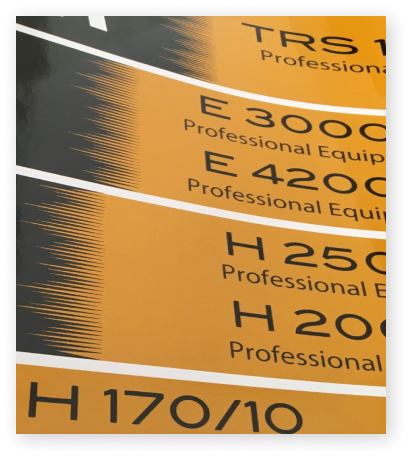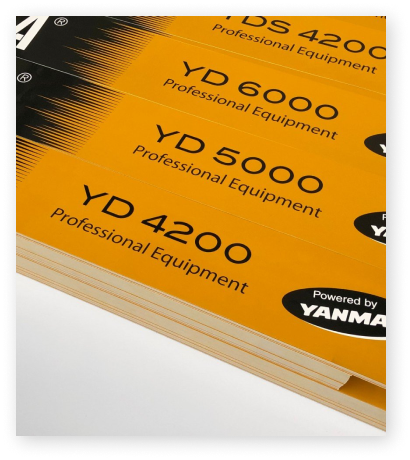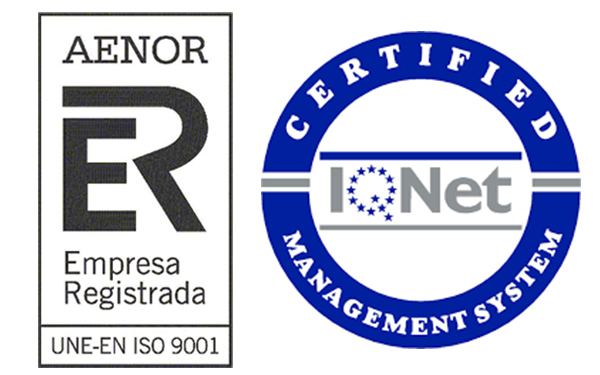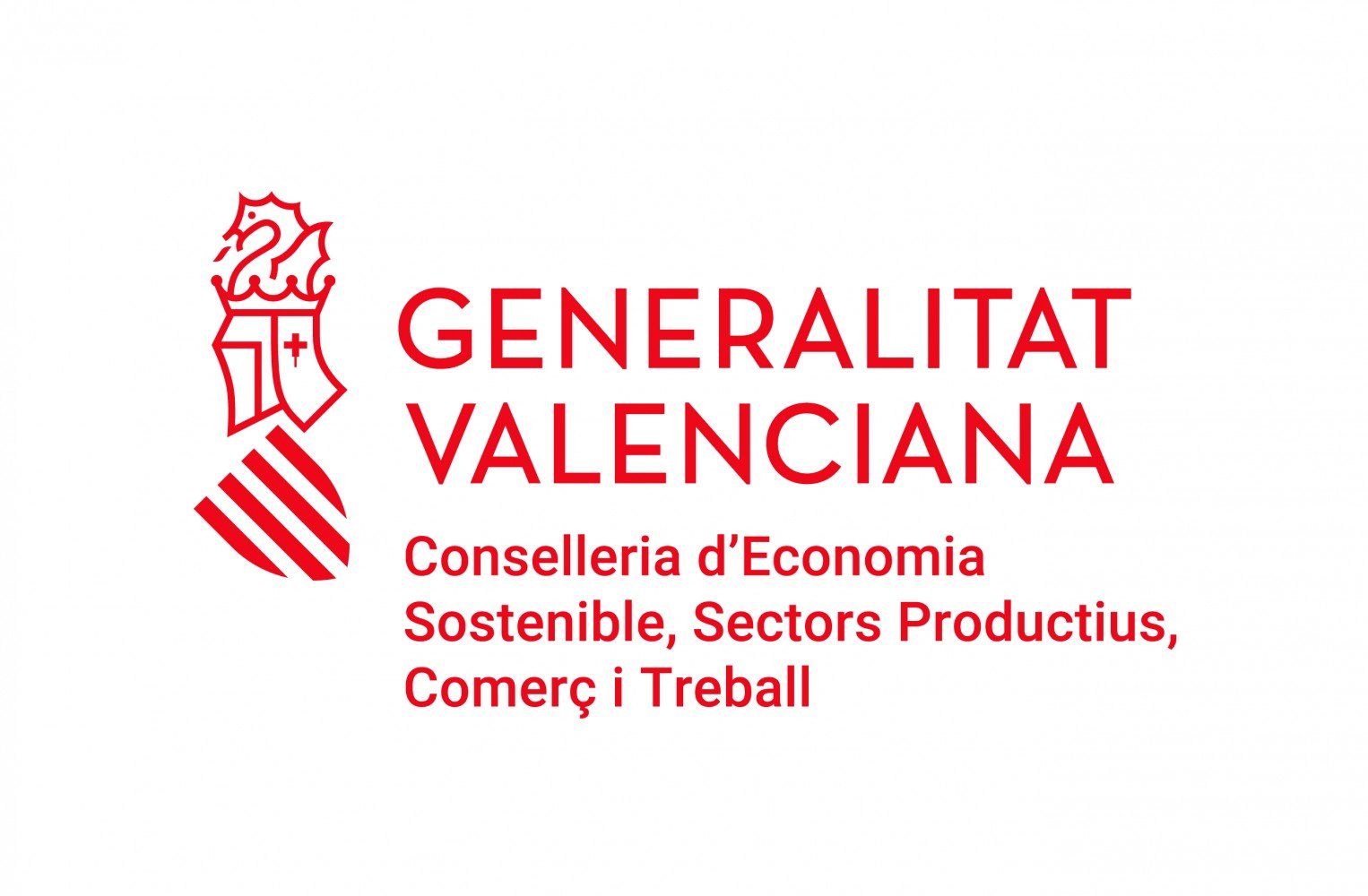Screen printing
Screen printing is a technique that has been used for many years and is still used today because of its good results.
What does it consist of?
It consists of printing images or text on a smooth surface by transferring a design that is
already traced on a stretched mesh impregnated with ink.
Industrial screen printing is a technique that has been used for many years and is still
used today due to its good results.
Stages
of the process:
- First of all, we must break down the design we are going to print by colour, as we can only screen print the colours of the design one by one. That is to say, if our design consists of 3 colours, we will need 3 different screens (or the same one already made) to transfer the design.
- Design of the photolithograph: The photolithograph is simply a translucent film with the opaque drawing, which we want to print.
- Stretching and emulsifying the mesh: The screen that we will use to print must be stretched so as not to have any folds. Once we have this, we will apply an emulsion all over the mesh, and then leave it to dry in an oven.
- Placement of the photolithograph and development: Once the emulsion is dry, we centre the photolithograph on the screen and place it in a light chamber. The objective is that in the areas where the opaque image of the photolith is, the light does not pass through, and in the areas where it does, the emulsion will be photosensitised.
- Removal of the unsensitised emulsion and subsequent printing: The unsensitised emulsion, which coincides with the drawing of the photolithoid, is removed under water pressure. In this case, when we are going to transfer the ink through the stencil, only the ink will pass between the threads in that area. So we will have our print with the initial design.

Two-colour screen-printed vinyl
What are the advantages
of screen printing?
- High resistance and durability of the inks
- More saturated and intense colours
- Personalised screen printing
- Almost any material can be screen-printed:
- Screen printing on kraft paper
- Screen printing for screens
- Silk-screen printing on glass
- Silk-screen printing on glass
- Screen printing on tempered glass
- Screen printing on metal
- Silk-screen printing on steel
- Screen printing on aluminium
- There are a multitude of inks with different characteristics,including photoluminescent inks.
- Application of varnishes for the protection of already printed supports, to provide them with extra protection.
Sergar is a screen printing company in Spain where we have 4 direct printing screen printing machines with different features to suit the design of each of our customers.



